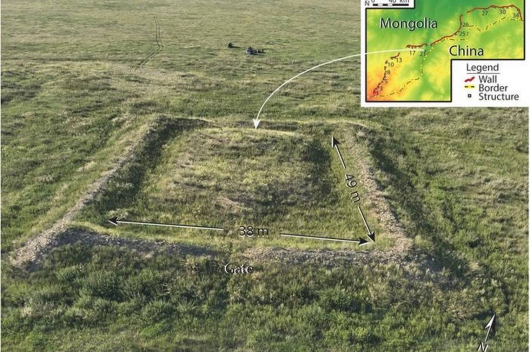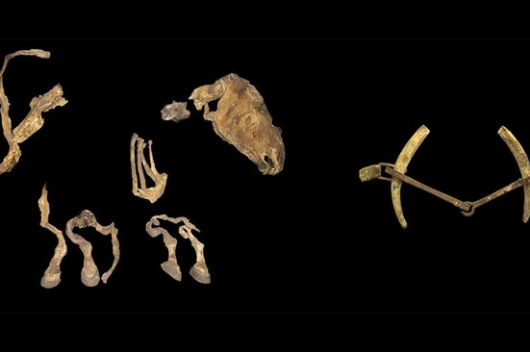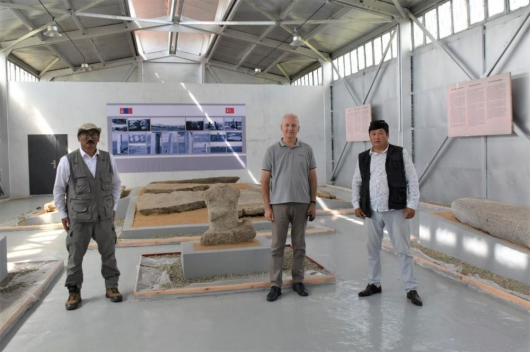According to new research carried out by the University of Oxford, a much-debated ancient human skull which was discovered in Mongolia has been dated and genetically analysed, showing that it is the earliest modern human yet found in the region. Radiocarbon dating and DNA analysis have revealed that the only Pleistocene hominin fossil discovered in Mongolia, initially called Mongolanthropus, is in reality a modern human who lived approximately 34,000 to 35,000 years ago.
The skull, which was found in the Salkhit Valley northeast Mongolia is, to date, the only Pleistocene hominin fossil found in the country.
The skull is mostly complete and includes the brow ridges and nasal bones. The presence of archaic or ancient features did previously lead to the specimen being linked with uncharacterized archaic hominin species, such as Homo Erectus and Neanderthals. Previous research suggested ages for the specimen ranging from the Early Middle Pleistocene to the terminal Late Pleistocene.
The Oxford team have re-dated the specimen to 34,950 — 33,900 years ago. This is around 8,000 years older than the initial radiocarbon dates that were obtained from this specimen.
The age is later than the earliest evidence for anatomically modern humans in greater Eurasia. According to some researchers, this could be in excess of 100,000 years.
 3,575.44
3,575.44












Related News